Enstar, the legacy and run-off reinsurance specialist, has developed a flexible finality solution for insurance-linked securities (ILS) investors. With the Forward Exit Option (FOE) already put to work in a recent transaction, Anguel Zaprianov explained to Artemis in an interview that its application potential is broad.
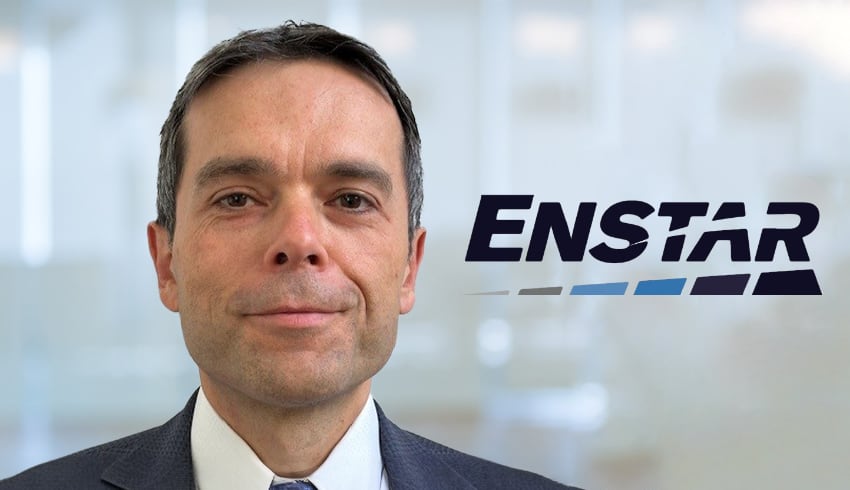 This year, Enstar has doubled-down on the opportunity it sees to partner with the ILS market and bring its legacy and run-off expertise to assist in delivering much-needed liquidity and finality to structures and deals.
This year, Enstar has doubled-down on the opportunity it sees to partner with the ILS market and bring its legacy and run-off expertise to assist in delivering much-needed liquidity and finality to structures and deals.
This began with the first loss portfolio transfer (LPT) for prior-year insurance-linked securities (ILS) reserves, which was announced this summer and as we later explained in a follow-up article, featured an LPT covering both property catastrophe risk and COVID-19 exposures.
That was seen as a landmark deal, recognised as likely the first true legacy solution for an ILS portfolio.
Then, in early October, Fractal Re Ltd. emerged, a multi-year collateralized quota share sidecar structure focused on casualty program business sponsored by Starwind Specialty Insurance Services, with Enstar playing a key role in providing its recently developed Forward Exit Option (FEO) solution to Fractal Re and its investors, delivering an option for investor exit, liquidity and finality.
With that in mind, we spoke with Anguel Zaprianov, Executive Vice President, M&A, Enstar Group, who has played a key role in the development of the Forward Exit Option (FOE) solution for ILS, to understand more about it, how it came about, and the opportunity it presents to the ILS market as well, of course, as to Enstar.
Explaining how the Forward Exit Option (FEO) solution came about, Zaprianov said, “It started with Starwind and Stone Point Capital looking to raise capital for Fractal Re, with Fractal Re providing capacity for Starwind’s casualty programs via a quota share. However, the issue was, given the long tail nature of casualty lines, investors in Fractal Re faced the potential for their capital getting trapped due to differences in reserve views or collateral requirements. Enstar and Stone Point collaborated to see if we could design and provide an exit solution for Fractal Re investors that effectively novates the risk to Enstar and allows for investors to exit their investment after a certain period, which resulted in the FEO solution that offers investors maximum flexibility while giving them the desired finality.”
Zaprianov went on to explain the basic mechanics of the FEO, “In essence, the FEO is designed to give the investors in an ILS vehicle the option, in exchange for a fee, to novate the reserve obligations of the sidecar to Enstar after a certain period.
“I would stress, it’s an option and not an obligation for investors. If investors choose to exercise the option, they novate the reserves to Enstar, get liquidity and exit their investment in the sidecar. Novation is based on a pre-defined pricing framework and is designed to minimize any potential friction at the time of novation. Enstar assumes their risk position and faces the cedent from that point on taking reserve developments.”
Further highlighting that, “The FEO addresses any potential trapped capital issues at the inception of the transaction and will lead to more investors being able to participate in ILS structures, with both casualty and property exposures.”
As the insurance-linked securities (ILS) market has explored ways to broaden the scope of insurance and reinsurance risks that can be made investable, concerns over trapped capital and how exit liquidity can be secured have often been cited as issues which held back expansion of the ILS asset class.
Enstar’s solution is seen as a way to integrate an option for liquidity and/or exit from an ILS structure upfront and Zaprianov believes solutions like this can have numerous applications.
“Its application potential is broad. Anytime there is a collateralized reinsurance, credit risk management will require significant collateral. With long tail casualty exposures, the required collateral will decline slowly, not allowing investors to redeploy the capital into other opportunities. After a certain period, a reserve specialist, such as Enstar, could step into the shoes of the collateralized vehicle and allow for collateral release,” Zaprianov told us in the interview.
He went on to say he believes that, “FEOs can be used to provide finality to ILS investors and transfer reserves to Enstar. It can be included as a structural feature in sidecars and ILS funds at inception. As the market develops, we are confident that our solution will play a critical role in many situations.”
Zaprianov also said that as a company with deep experience in taking on legacy risks, Enstar makes for a natural partner for ILS market participants.
He explained, “Enstar has been pioneering innovative Legacy solutions for more than three decades and we’re the global leaders in this field. We are a reserve specialist with the actuarial and claims expertise required to partner up with investors, cedents and other parties to get to a desired solution. We are solution-oriented, nimble and pragmatic.
“Embedding FEOs into a transaction involves multiple counterparties and requires flexibility and creativity to allow for the unique features of each individual transaction. Enstar has a talented team, with a strong history of thinking creatively when it comes to structuring solutions, and importantly we have the capital and credit worthiness required to write forward commitments. Our main carrier, Cavello Bay, carries a Financial Strength Rating of ‘A’ from S&P and has $5.9bn in surplus capital.”
Zaprianov sees the development of the FEO and the way it offers certainty to investors on the exit of an allocation to an ILS structure as a big opportunity for the ILS market to expand its scope, as well as for Enstar to carve out a key role as a facilitator.
“We’re very passionate and driven about where we can add value to this market. With the growth in MGAs and fronting carriers, the need for collateralized reinsurance will increase as MGAs and program managers seek additional capacity,” Zaprianov said.
“Historically, investors have had reservations supporting casualty ILS given the long tail nature of these liabilities. Having a more certain exit after a defined period will increase the investor universe, and generally make these vehicles more attractive,” he continued. “Many investors who have a seven to ten year horizon on their investments can invest in these structures confidently as there is a pre-defined exit. This helps to bring fresh capital into the market and provide more capacity to insurers and program managers.”
That’s positive for the market as it looks to develop ILS solutions for a growing range of risks and use-cases, and with originators of risk increasingly attracted to efficient reinsurance capital solutions, this could be one of the catalysts the market needs to make casualty a more viable diversification opportunity. As well as to welcome a new suite of investors to ILS, with the appropriate risk appetites and investment horizons to enter the market and support these kinds of arrangements.
This being a recent development in the market, Zaprianov believes there is a real opportunity to embed structural features that allow for finality and liquidity within a wide range of ILS arrangements and investment offerings.
He told us that feedback received has been promising so far, and believes we’ll see the application of finality solutions much more broadly in ILS in future.
“Yes, the market has already responded very positively, and we see potential interest from various market participants, such as sidecars and ILS funds,” Zaprianov said. “We also see potential interest from other platforms looking to make taking on casualty risk more accessible and efficient for third-party investors.
“Applications will grow, and as the market becomes more efficient, I believe we will see variations of FEOs being applied in situations we couldn’t even envision before.”
Read all of our interviews with ILS market and reinsurance sector professionals here.

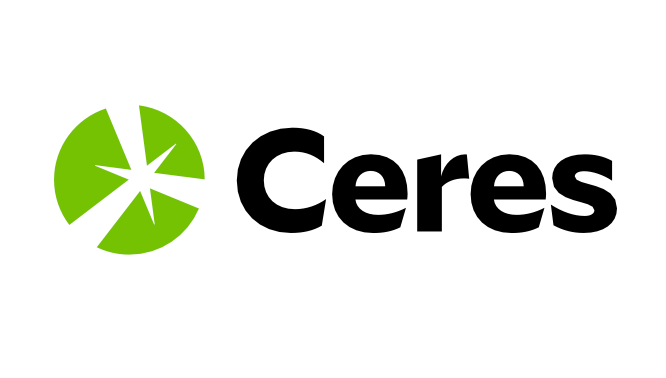

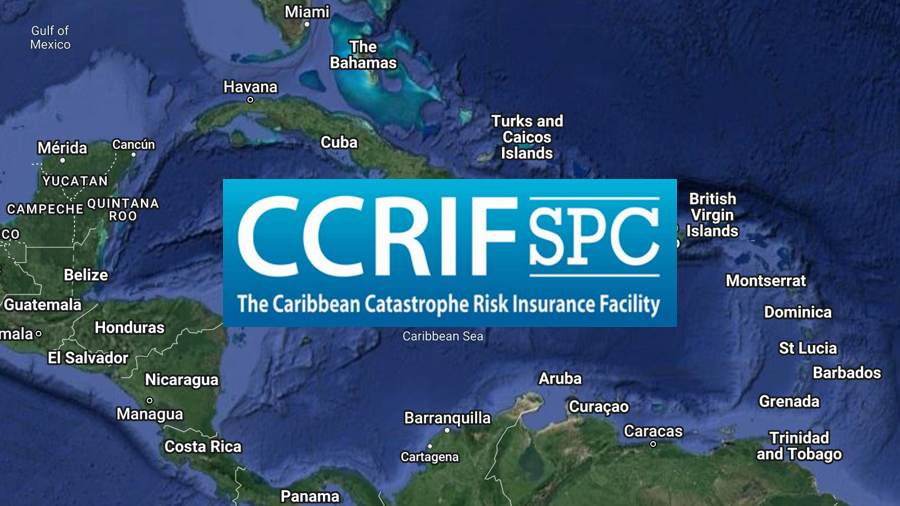


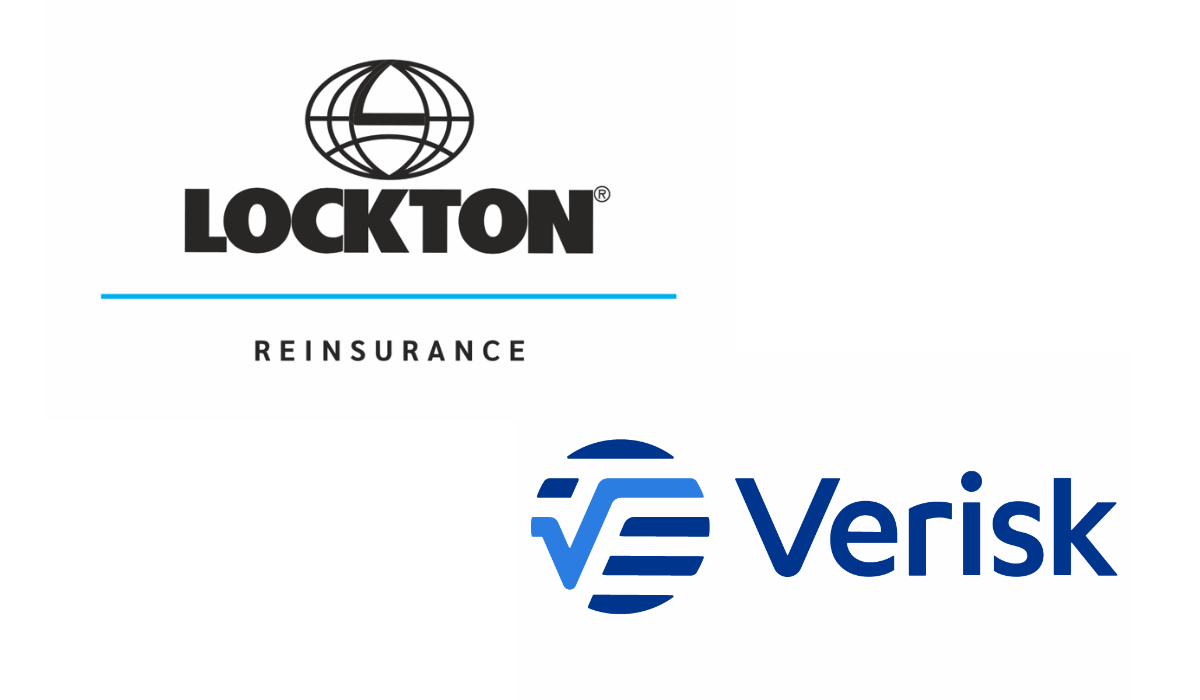


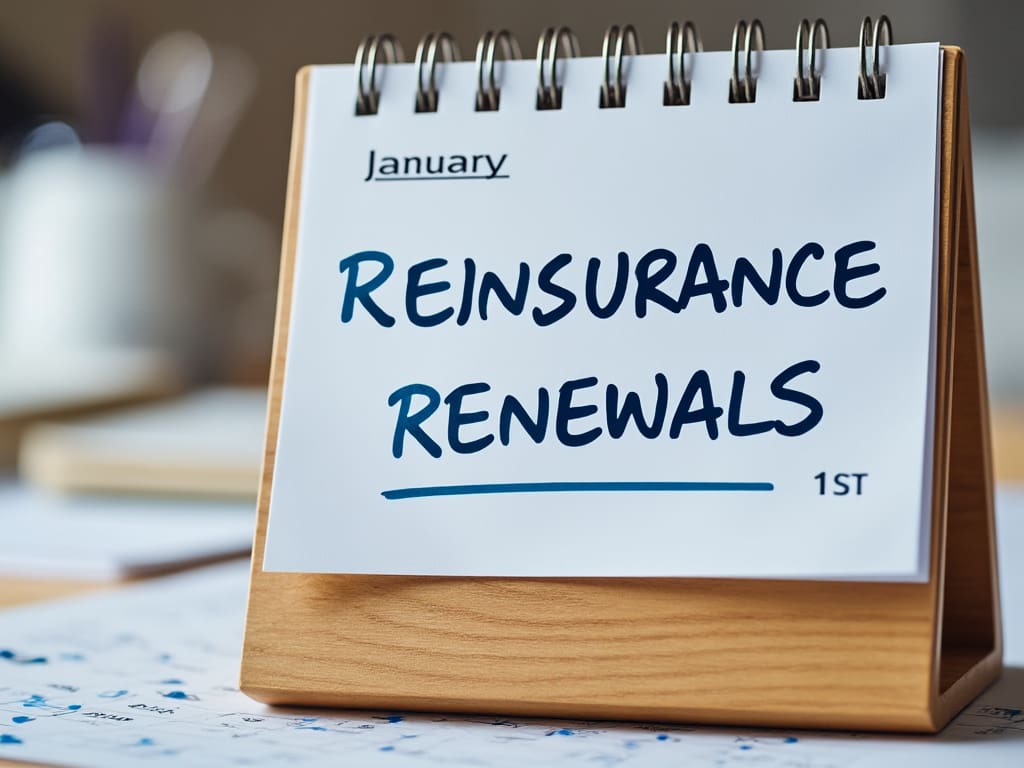
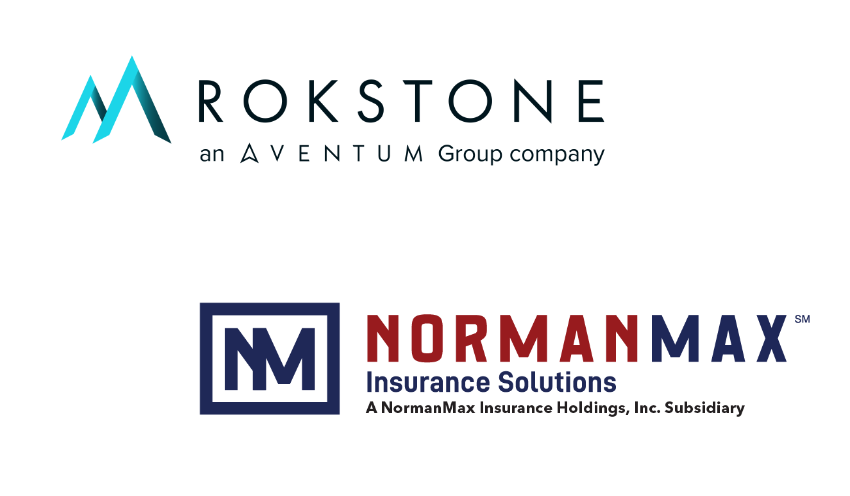






)



 English (US) ·
English (US) ·